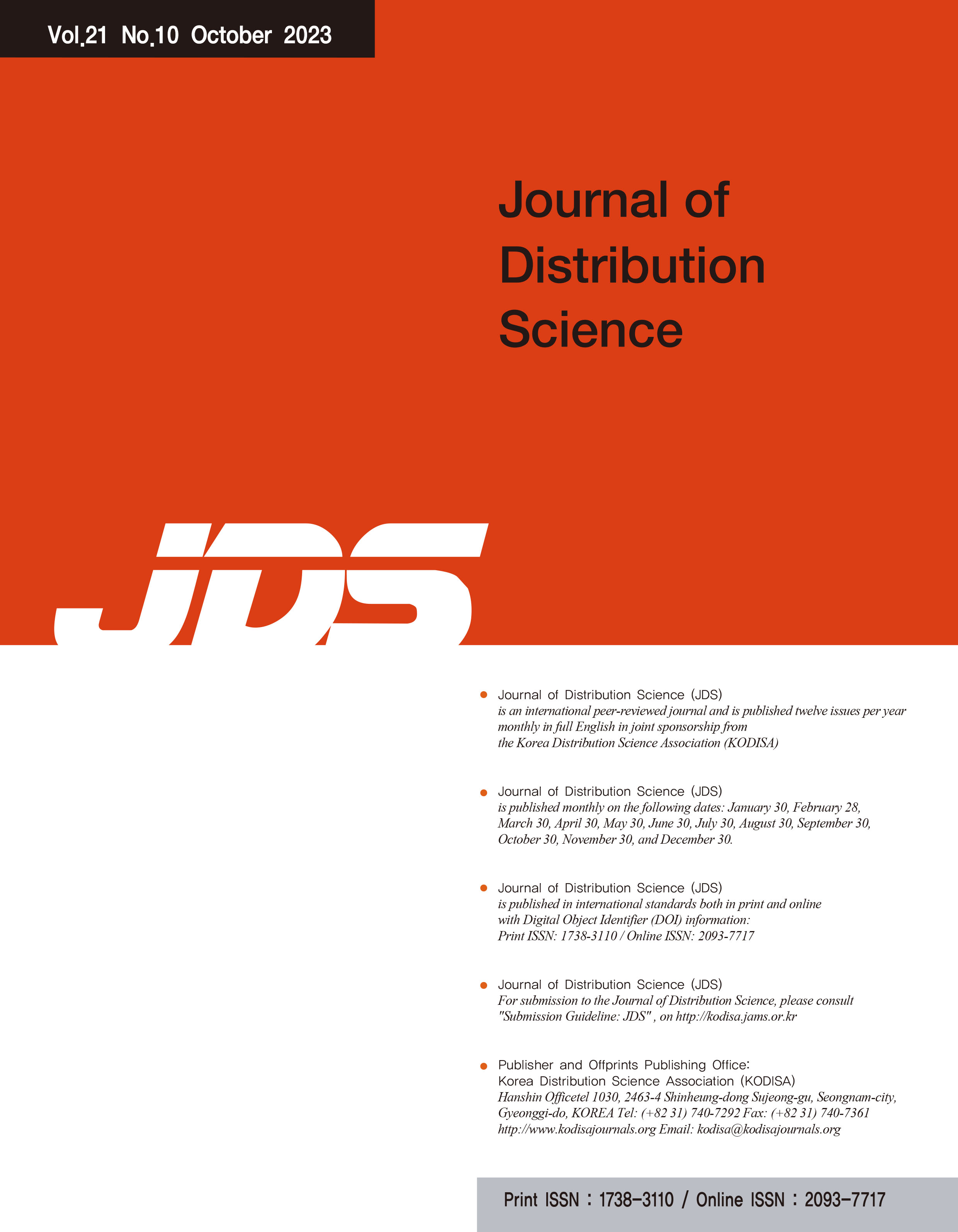 ISSN : 1738-3110
ISSN : 1738-3110
Article Contents
- 2025 (Vol.23)
- 2024 (Vol.22)
- 2023 (Vol.21)
- 2022 (Vol.20)
- 2021 (Vol.19)
- 2020 (Vol.18)
- 2019 (Vol.17)
- 2018 (Vol.16)
- 2017 (Vol.15)
- 2016 (Vol.14)
- 2015 (Vol.13)
- 2014 (Vol.12)
- 2013 (Vol.11)
- 2012 (Vol.10)
- 2011 (Vol.9)
- 2010 (Vol.8)
- 2009 (Vol.7)
- 2008 (Vol.6)
- 2007 (Vol.5)
- 2006 (Vol.4)
- 2005 (Vol.3)
- 2004 (Vol.2)
- 1999 (Vol.1)
Analysis of Consumer Innovation Resistance to the Commercialization of Bitcoin Payments in the Distribution Industry
Abstract
Purpose: Despite the rapid digital transformation in the distribution industry fueling expectations, the widespread adoption of Bitcoin payment systems remains limited. This study investigates consumer-perceived barriers to the commercialization of Bitcoin payments, empirically analyzing their influence on perceived ease of use, perceived risk, and overall innovation resistance. Research design, data and methodology: A survey was conducted with 497 adult men and women in South Korea who had an understanding and usage experience of Bitcoin. The collected data was analyzed using the SPSS 27.0 and Amos 23.0 programs. Specifically, Structural Equation Modeling (SEM) was performed to estimate the path coefficients of the research model, and Bootstrapping was applied to test the mediation effects. Results: The results indicate that institutional trust positively influences perceived ease of use and negatively impacts perceived risk. Conversely, complexity and status quo bias negatively affect perceived ease of use while positively influencing perceived risk. Furthermore, the results indicate that perceived ease of use reduces innovation resistance, whereas perceived risk increases it. Conclusions: This study highlights the critical role of innovation resistance in designing effective Bitcoin payment systems and fostering consumer adoption, contributing to the distribution industry's sustainable growth through innovative payment solutions.
- keywords
- Distribution Industry, Bitcoin Payments, Consumer Resistance to Innovation, Perceived Ease of Use, Perceived Risk
- Submission Date
- 2024-12-02
- Revised Date
- 2025-01-21
- Accepted Date
- 2025-02-05
- 42Downloaded
- 59Viewed
- 0KCI Citations
- 0WOS Citations

